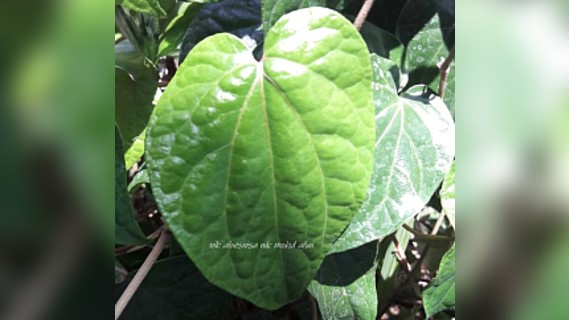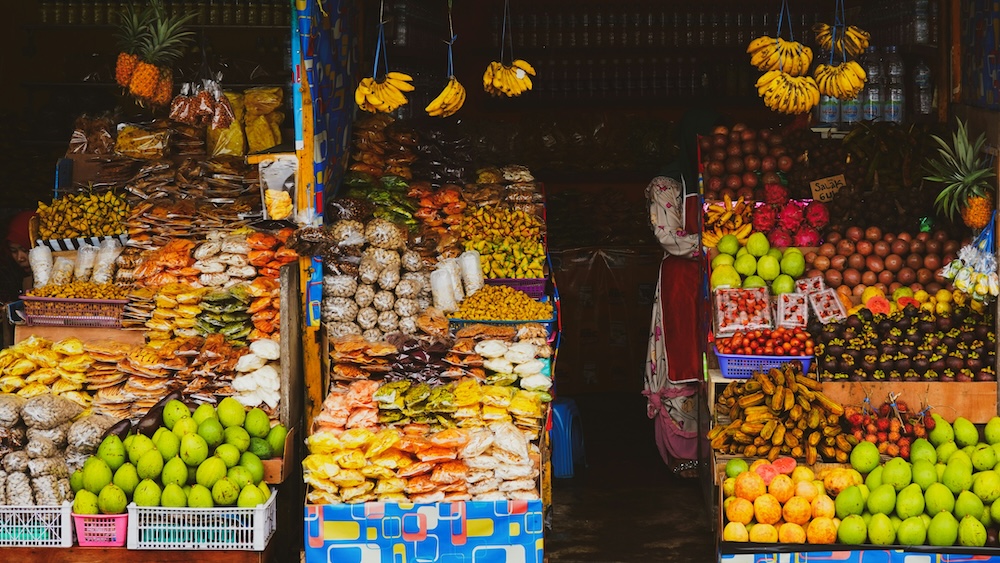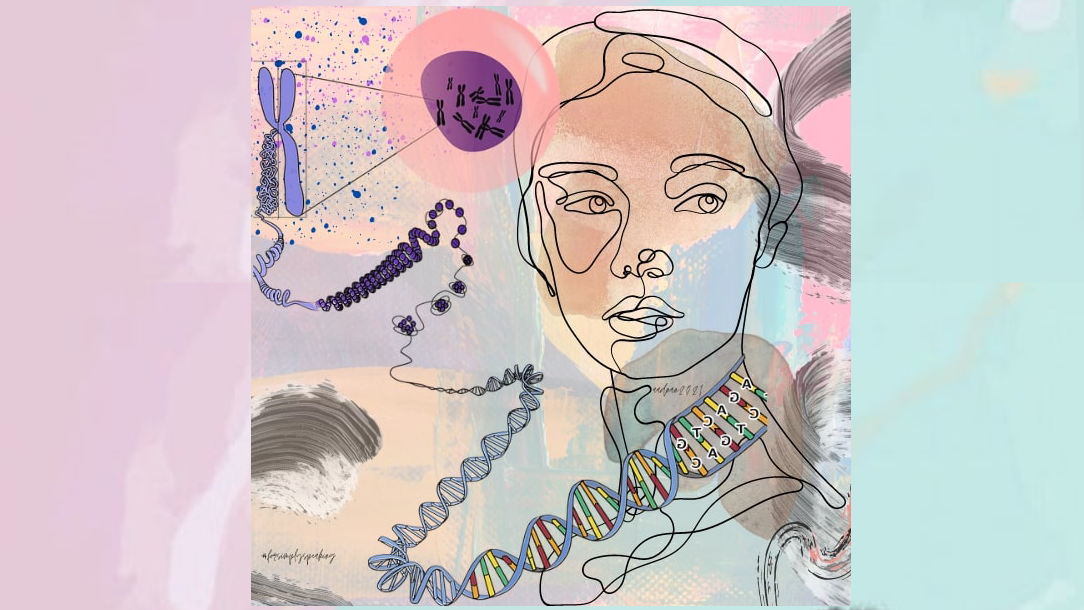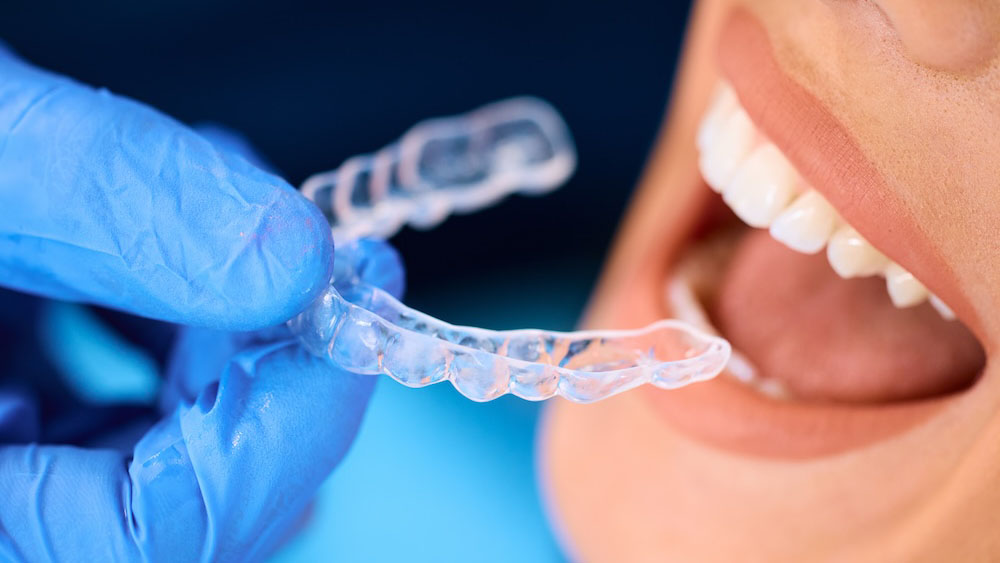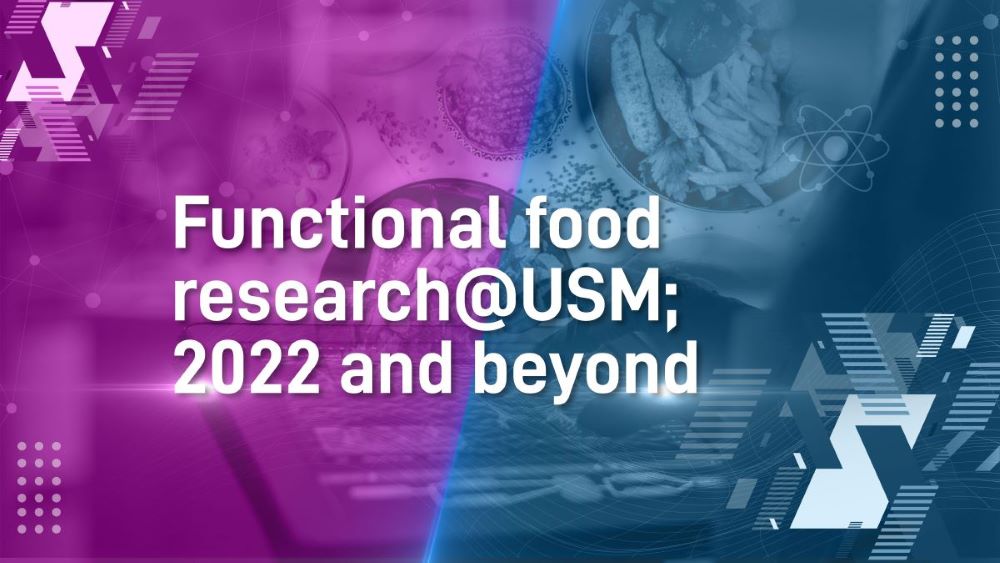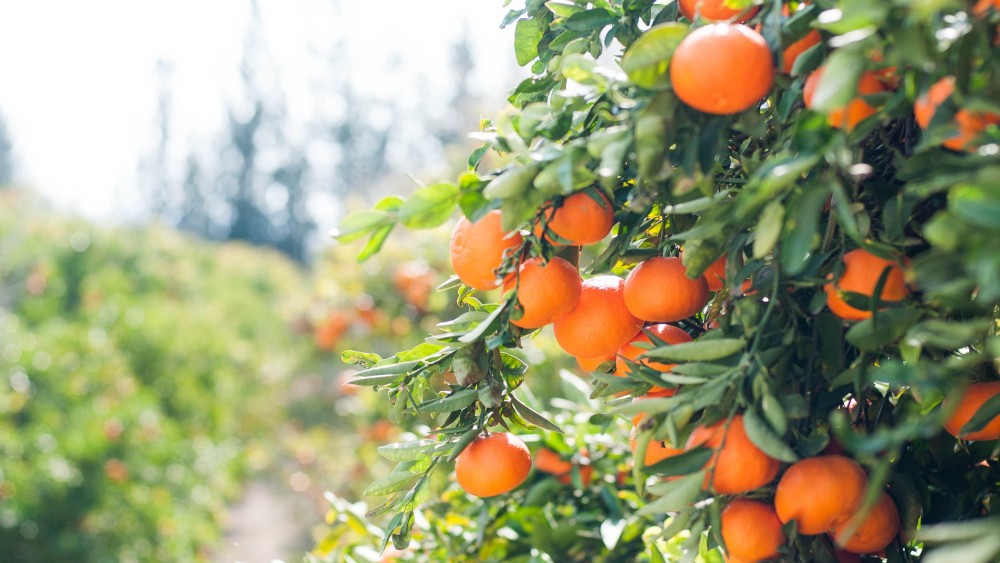Just look over your shoulder to the person sitting next to you, and you may notice blue-eyes staring back at you. As we look around we may notice the variation among the people around us either with black, brown, blue or even green eyes. Additionally, there are other striking variation in other features as well. Some people may have curly or straight, wavy, thick or thin hair. Some with fair, tanned or dark skinned. There are a lot of possible feature varieties.
In fact, you may notice stark differences of features even among your very own siblings. Have you ever wondered what caused the striking variation among us? The answer lies in our DNA, the blueprint of life! Your DNA helps make you look different from other people, but it also ensures that all humans look like humans and not like any other organism. The study of DNA, including comparisons between individuals and between different species, is known as genetics. And now, that explains why despite the many variations between you and the people around you, it is still easy to tell them apart from cats, birds and flowers! In case you are wondering what makes twins identical, well they possess the exact same blueprint of life - DNA.
The illustration ‘What Makes You, YOU’ depicts the genetic blueprint of what makes you the person you are, which is the basis in understanding the DNA that influences our traits. The sketch goes on to reveal that each one of us are unique and the variation is brought to us by our genetic mapping. Likewise, we are different from anyone alive now and anyone who has ever lived. This DNA is the basic unit of genetic instructions. The instructions are found in chromosomes, which look like tiny twisted threads. In the illustration, the chromosomes zoomed in as each chromosome consists of a long and tightly coiled chain of DNA, which is short for 'deoxyribonucleic acid'. Our DNA molecule is a double helix, which has two long, thin strands twisted around each other like a spiral staircase shown in the sketch.
The genetic codes use are just four nucleotides named with the basic four alphabets of A, T, G and C. The four alphabets representing the purines and pyrimidines member. The magnificent molecules of DNA in our cells are organised into 23 pairs of chromosomes that we inherit our parents (half from your mother, the other half from your father). The DNA maps out and influence what we look like on the outside and how we work on the inside. These days, advancement in science has brought about great discoveries based on our genetic blueprint.
When talking about DNA, and how people inherit different features, we’ll probably come across the term recombination - a crucial process in human genetics that ultimately helps give you a diverse genome with bits of DNA from both your ancient and recent ancestors. Knowing recombination will help you learn about human inheritance, and unfold some of the processes that help make you; absolutely and uniquely YOU.
Our DNA has become an important tool to understand our personality and abilities, reveals about our health or risk to any diseases, all personalized to our unique genetic makeup. The illustration also highlights on the epigenetics. Epigenetic modifications remain as cells divide and, in some cases, can be inherited through the generations. Environmental influences, such as a person’s diet and exposure to pollutants, can also impact the epigenome. Epigenetic changes can help determine whether genes are turned on or off and can influence the production of proteins in certain cells, ensuring that only necessary proteins are produced.
Most cells contain multiple DNA molecules, which are commonly referred to as chromosomes. Chromosome is subdivided into functional regions called genes. On the other hand, epigenetics literally refers to external modification to DNA, which controls gene expression by either switching it on or off. The epigenetic changes determine, which proteins are transcribed, hence, controls the organism beyond genetics. The external factors are as such environment, stress one perceives, and nutrition are important parts in determining the response of an organism besides its DNA. Therefore, both genetic and epigenetic factors are equally important in determining responses at the cellular and organism levels. Nonetheless, it is known that epigenetic changes to a certain level are required for normal development and health.
Converging Science and Art
Science and art, both marching towards new waves of exploration in their respective world, have become an emerging topic. Convergence of science and art initiative has built its base: with the main aim of making science more accessible to the public by interpreting the complexities and beauty of science into art or illustration. The ‘meeting’ point of science and art needs to be re-define as the future is going through interdisciplinary collaboration. Art can change how we view science, and even the scientific questions that lingers in our mind. Illustration and artistic representation has its own amazing way to ‘communicate’ scientific theories that may be hidden from us.
Indeed, science communication would benefit from the integration of both science and art, but the most effective way of bringing scientists and artists together would be appreciating the expertise that each brings to the table and creating a bond based on this appreciation. Either being in the same page, or adding value-added art on top of finished science, or putting art to the task of communicating for science, both expertise could work together, which allows each other to exchange questions and influence the final masterpiece.
Incorporating science and art in teaching and learning process could be one of the alternative. From science, learners learn about investigating research hypotheses, interpreting and drawing possible consensus from data. Meanwhile from arts, the learners will also learn about developing arguments, and about understanding, moving, and changing the minds of diverse audiences.
Reflecting the illustration, by combining science and art, barriers between these elements melt away. This will progressively open chances to the combination of science and art, which provides foundation for the understanding of science, art and even life relationship. It is unique amalgam of two imperfectly perfect elements of art and science. In other words, this is where science and art converge !



